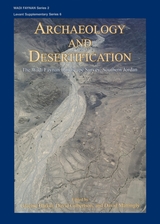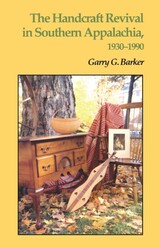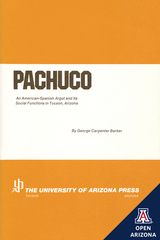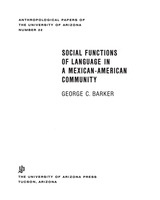

Appalachians have always honored craft. Showoff quilts, complicated whittlings, "face jugs," intricate woven coverlets, and the work of famous basketmakers constituted the art of early Appalachia, the life and color of its remote mountain households. By the 1920s, however, the craft tradition was quickly vanishing. This lively, highly personal book recounts the "missionary" effort that preserved the traditional Appalachian craft culture and traces the organization, politics, and economics of later handcraft revival organizations in Southern Appalachia.
Deeply involved in many of the events he describes, Garry Barker has worked in the Appalachian crafts world since the early 1960s. He draws on memories of the leading craftspeople of a bygone era, LBJ's War on Poverty, mushrooming markets for craft products, and the rise of academic crafts training. The Handcraft Revival in Southern Appalachia represents the thoughtful winnowing of Barker's decades of serendipitous experience and disciplined observation, casual conversation and formal interviews, research and collecting, teaching and writing.
The book is the only history of the Appalachian craft movement between 1930 and 1990. As such it will become an essential resource for craftspeople, scholars, and all interested in the Southern Appalachian region. In addition, it constitutes a crucial chapter in the newly emerging history of American craft.

He conducted additional field work on the social functions of language in cross-cultural situations in Tucson in 1947-48. This work centered around interviews with Mexican-American youths. Barker's quiet friendliness and understanding won the confidence of boys who were operating at the fringes, and who were his informants for this Pachuco study.

Data were drawn from observational studies of individuals and families; observation of group activities; and observation of, supplemented by questionnaires on, the cultural interests of Mexican children and their families. Some conclusions of the study were that Spanish came to be identified in the Mexican community as the language of intimate and family relations, while English came to be identified as the language of formal social relations and of all relations with Anglos. It was also found that the younger American-born group reject both Spanish and English in favor of their own language, Pachuco. Tables depicting the characteristics of 20 families, the language usage of families, and the language usage in personal relationships of English and Spanish are included. Suggestions for further research are made.
READERS
Browse our collection.
PUBLISHERS
See BiblioVault's publisher services.
STUDENT SERVICES
Files for college accessibility offices.
UChicago Accessibility Resources
home | accessibility | search | about | contact us
BiblioVault ® 2001 - 2024
The University of Chicago Press









